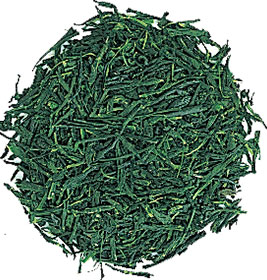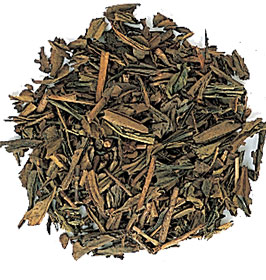Learn more about
Japanese Tea


Japanese Tea (Unfermented Tea)
"Japanese tea" refers to the general term for tea produced in Japan.
When thinking of tea-growing regions, many people may imagine places like Shizuoka or Kyoto. However, tea leaves are actually cultivated in various locations throughout the country, from the northern region of Aomori to the southern region of Okinawa.
Currently, more than 90% of the tea produced domestically in Japan is "green tea," which is made by halting the fermentation of tea leaves.
Green tea is further divided into types such as sencha, gyokuro, bancha, and hojicha based on their processing methods.
Below are some of the main types of Japanese tea:
Sencha
"Sencha" refers to tea made from young shoots plucked from tea plants that have grown in full sunlight. These shoots are steamed, rolled, and dried.
The color of the tea is a greenish yellow, and it has a well-balanced taste with both bitterness and astringency, offering a refreshing flavor.
About 80% of Japanese tea consumed is sencha, making it one of the most familiar types of tea for Japanese people.
Color: Transparent yellow, bright yellow-green
Aroma: Fresh and relaxing scent
Flavor: Perfect balance of bitterness and sweetness
Aftertaste: Lingering flavor
Brewing temperature: 70°C
Our Recommended Sencha Selections
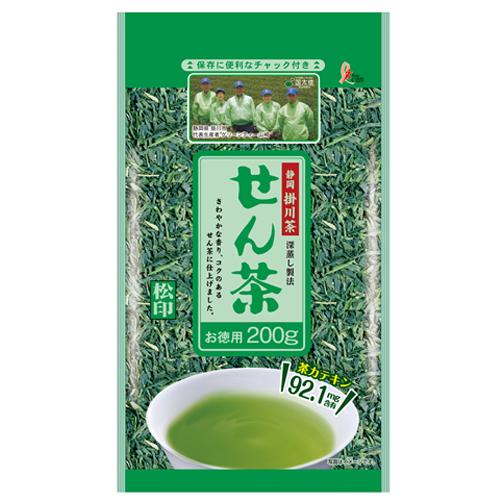
Delicate Sencha green tea obtained using the steam method from Kokutaro 200g
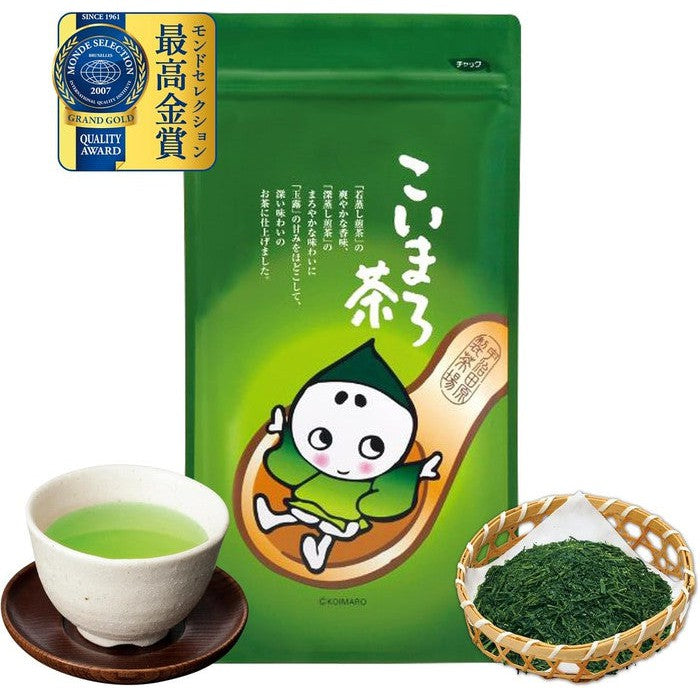
UJITAWARA KOIMARO - Green tea from Kyoto 240g
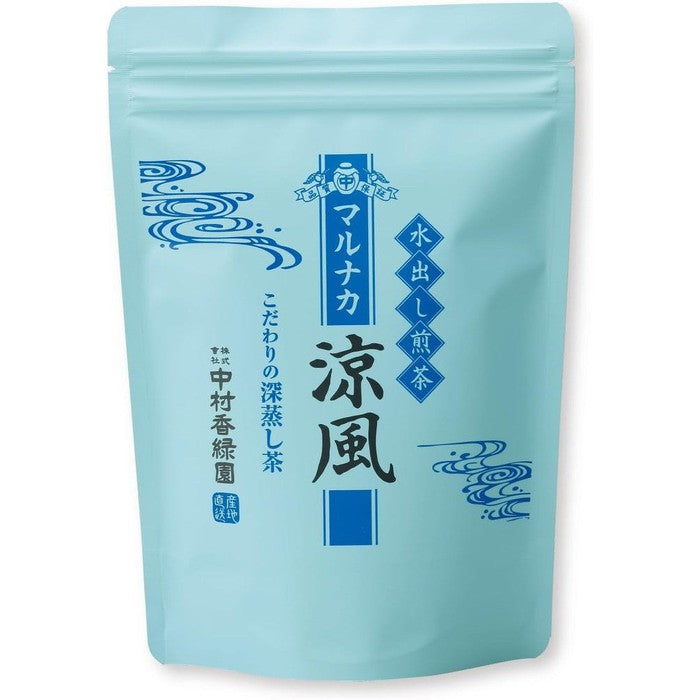
NAKAMURA KAGUROKUEN - Deep brewed tea in bags from the Shizuoka region 20x5g
Gyokuro
Gyokuro is known for its rich sweetness, refined taste, and deep aroma.
As a high-grade tea, gyokuro is produced using a special cultivation method called "covered cultivation."
In covered cultivation, tea fields are shaded with materials like reed screens (yoshizu) for a certain period before the leaves are plucked. This method reduces the production of catechins, which cause bitterness, resulting in the mellow flavor that gyokuro is known for.
Color: Pale, transparent yellow
Aroma: "Nori" seaweed scent
Flavor: Rich umami and sweetness
Aftertaste: Reminiscent of kelp or spinach
Brewing temperature: 40°C
Top Picks for Quality Gyokuro
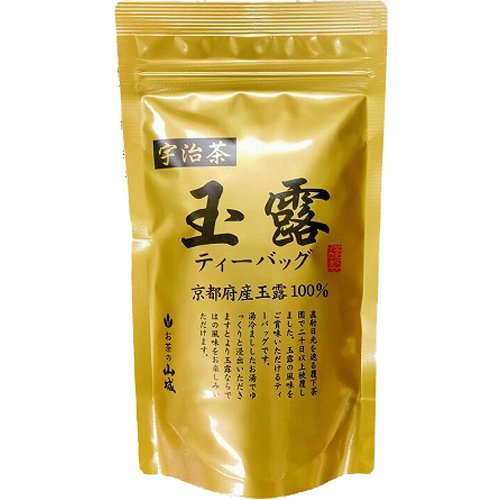
Uji Tea Gyokuro Teabags 30g (3g x 10P)
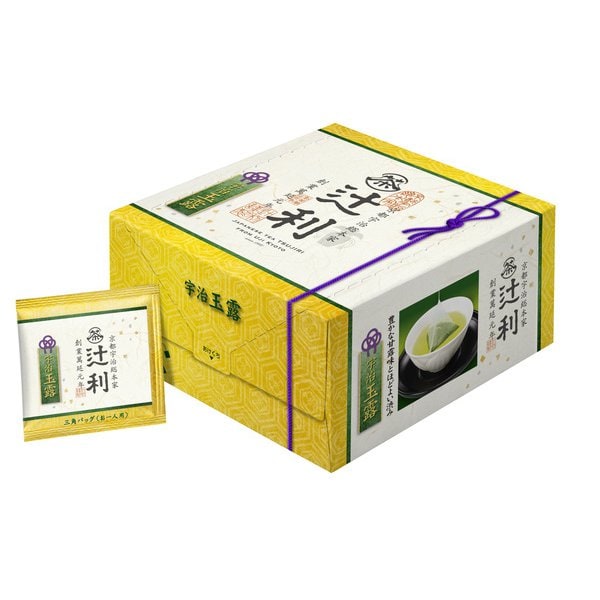
Tsujiri Uji Gyokuro 50P
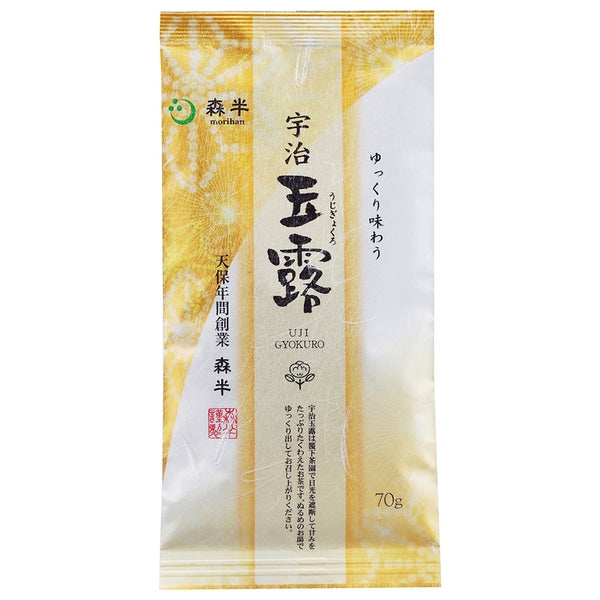
Uji Gyokuro 70g
Bancha
While sencha uses tender new shoots, "bancha" is made from leaves picked after the new shoots have been harvested or between the first and second flushes of tea leaves.
Bancha has a refreshing taste with little bitterness and is known for its distinct roasted aroma, making it a popular everyday tea.
Our Favorite Bancha
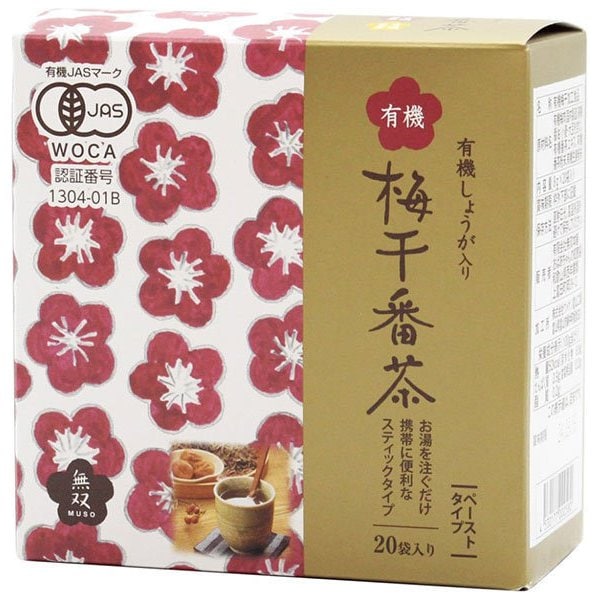
Organic Umeboshi Bancha Sticks 8g x 20
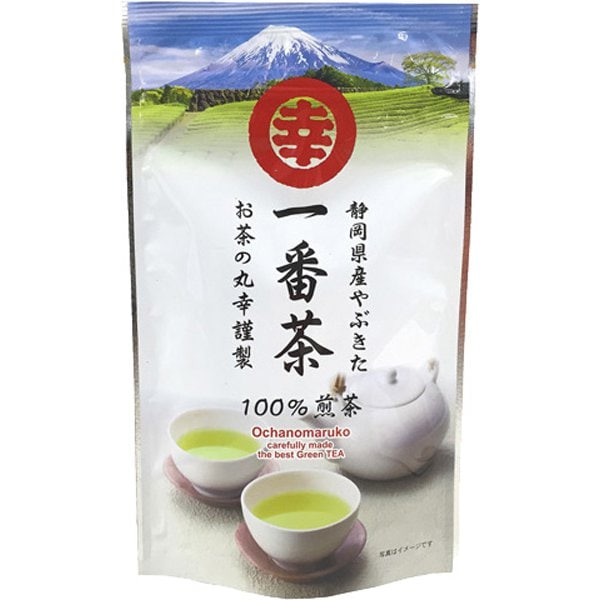
Shizuoka-grown Yabukita Variety 100% First Flush Tea 100g
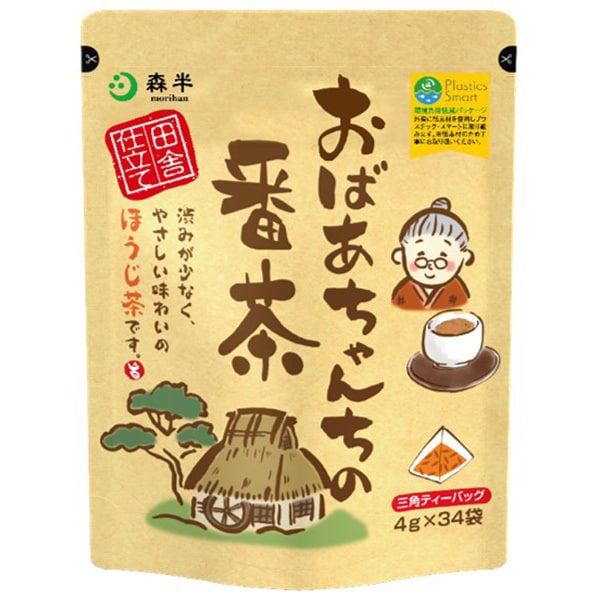
Grandma's Bancha (4g x 34P) 136g
Hojicha
"Hojicha" is tea made by roasting sencha or bancha.
By roasting the tea leaves over high heat, they develop a unique roasted aroma. Compared to other types of Japanese tea,
hojicha also contains less caffeine, making it a great option for children or the elderly.
Color: Light brown
Aroma: Toasty aroma
Flavor: Clean and refreshing taste
Aftertaste: Delicate green tea aftertaste
Brewing temperature: 95°C
Our Recommended Hojicha Picks
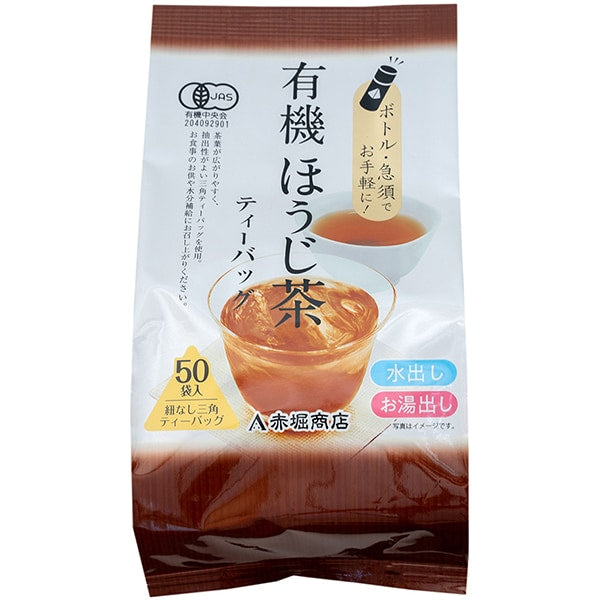
Organic Hojicha Teabags 4g x 50 bags
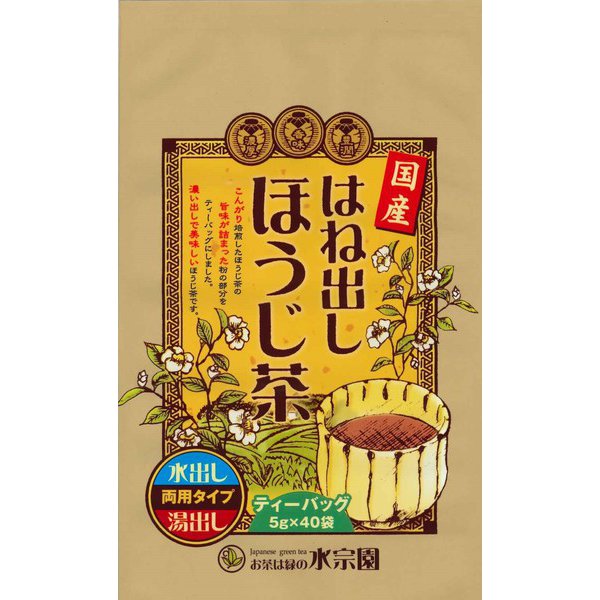
B-grade Hojicha Teabags 200g (5g x 40 bags)
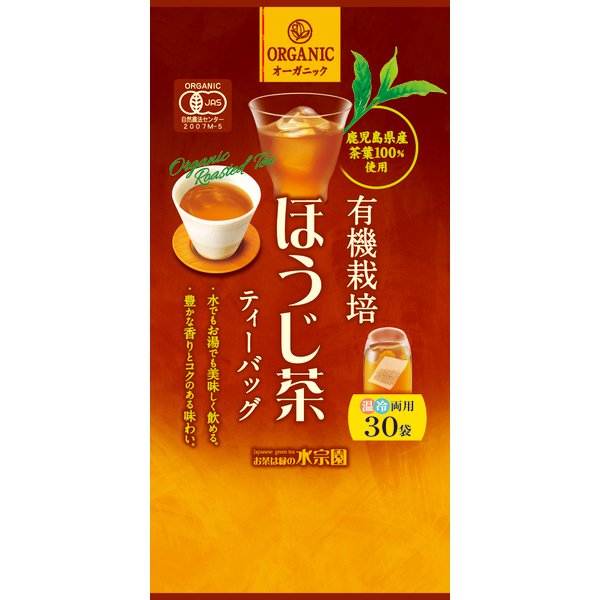
Organic Cultivated Hojicha Teabags (5g x 30 bags) 150g
Genmaicha
"Genmaicha" is a blend of roasted rice and tea (usually bancha or sencha) in a 1:1 ratio.
The flavor varies depending on the tea used, with affordable versions to higher-end varieties using premium tea leaves like gyokuro or deep-steamed sencha. Because half of the blend is rice, it is lower in caffeine and has a mild, non-astringent taste.
Color: Light yellow-green
Aroma: Deep roasted brown rice scent
Flavor: Light and refreshing taste
Aftertaste: Toasty finish
Brewing temperature: 85°C
Handpicked Genmaicha Recommendations
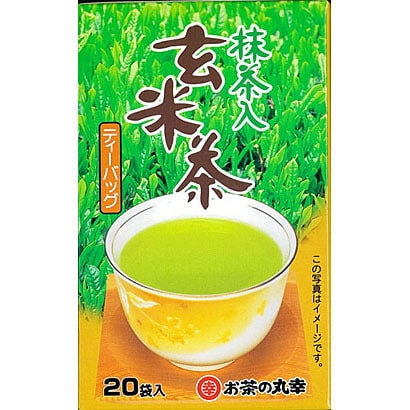
Hagiri Shizuoka First Flush Tea Matcha-Infused Genmaicha Teabags 3g x 15
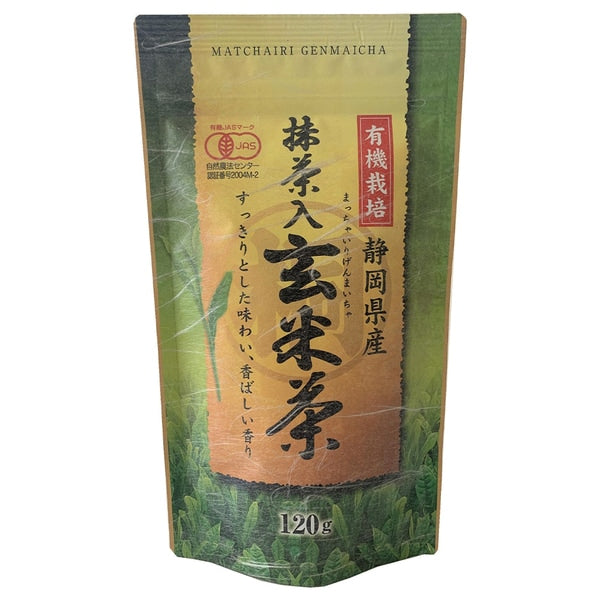
Organic Cultivated Matcha-Infused Genmaicha 120g
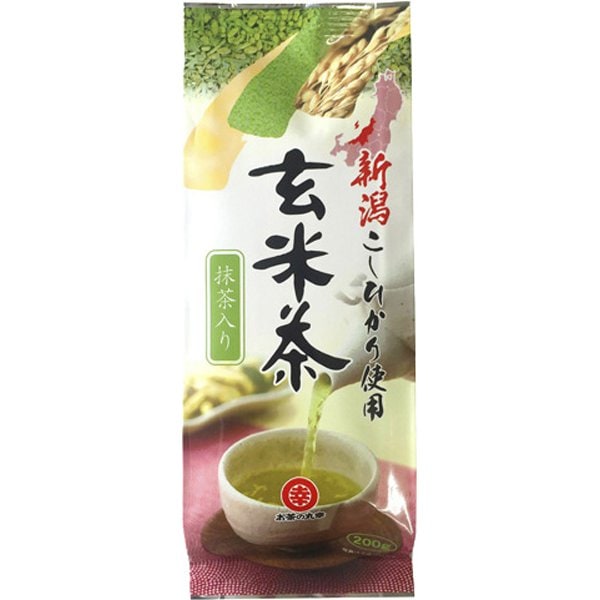
Matcha-Infused Genmaicha Teabags (2g x 20P) 40g
Matcha
"Matcha," commonly used in the tea ceremony or as an ingredient in sweets, is made by drying fresh leaves grown under cover, like gyokuro, but without rolling the leaves. These leaves are then ground into powder using a stone mill or grinding machine.
Though many people associate matcha with bitterness, high-grade matcha has less bitterness and a more mellow flavor. Matcha with a distinct aroma from the covered cultivation process, known as "covered aroma," is considered high quality and is often traded as premium tea.
Color: Vivid green
Aroma: Fresh fragrance of tea leaves
Flavor: Rich and deep umami taste
Aftertaste: Sweet
Brewing temperature: 80°C
Our Recommended Matcha Selections
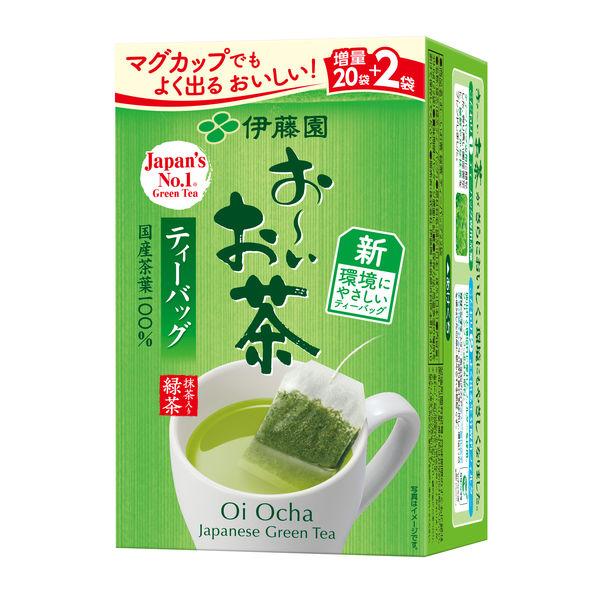
Green tea in rokcha bags plus matcha OI OCHA (20 bags)
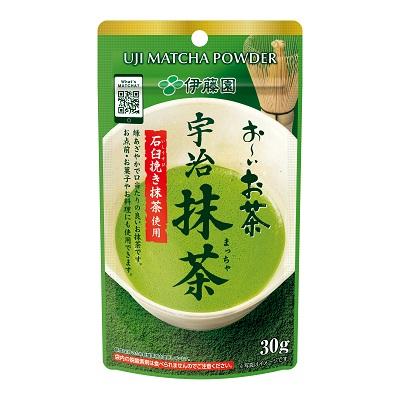
Kyoto Uji matcha powder from Itoen 30g
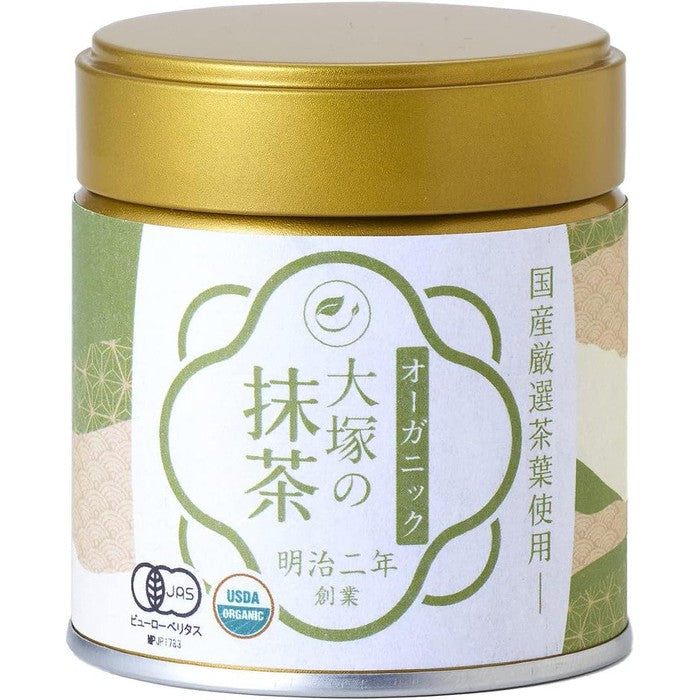
OTSUKA NO MATCHA - Organic Matcha 30g
The Basics of Green Tea: Color, Aroma, and Flavor
All green tea leaves are harvested from the Camellia sinensis (tea tree), but the differences in the green tea production process result in the distinct colors, aromas, and flavors characteristic of each type of green tea.

Color of Green Tea
The color of green tea comes from the chlorophyll contained in the leaves. From the moment the leaves are harvested, they begin to oxidize and their color starts to change, initiating fermentation. To stop this fermentation, the leaves are steamed and then roasted in a kiln immediately after picking. However, even during the sorting and production process, it is impossible to completely stop the chlorophyll from fermenting. This leads to differences in color when the tea is brewed.
Moreover, the brewed color of green tea is greatly influenced by the oxidation of chlorophyll and catechins in the tea, which occurs when the tea is exposed to heat, light, or air, or when chemical reactions take place with other components within the leaves. Therefore, it is important to store green tea in a tightly sealed container in optimal conditions.
Aroma of Green Tea
The differences in green tea’s aroma come from over 300 components, and tea connoisseurs are said to distinguish the quality of green tea based on its aroma.
For example, with sencha, a popular green tea in Japan, high-quality tea is considered to have a well-balanced aroma of grassy green leaf alcohol (which is produced when the compound pyrazine in the tea leaves is heated) and roasted notes.
Gyokuro, a premium green tea, has a special cultivation method called “tana” or shading, where the tea trees are covered for about 20 days before harvesting. This gives the tea a distinctive aroma, reminiscent of seaweed.


Flavor of Green Tea
The flavor of green tea, like food, is expressed through basic taste characteristics: sweetness, bitterness, astringency (similar to the tannins in fruits or wine), and umami. The flavor is determined by the natural components contained in the harvested tea leaves.



